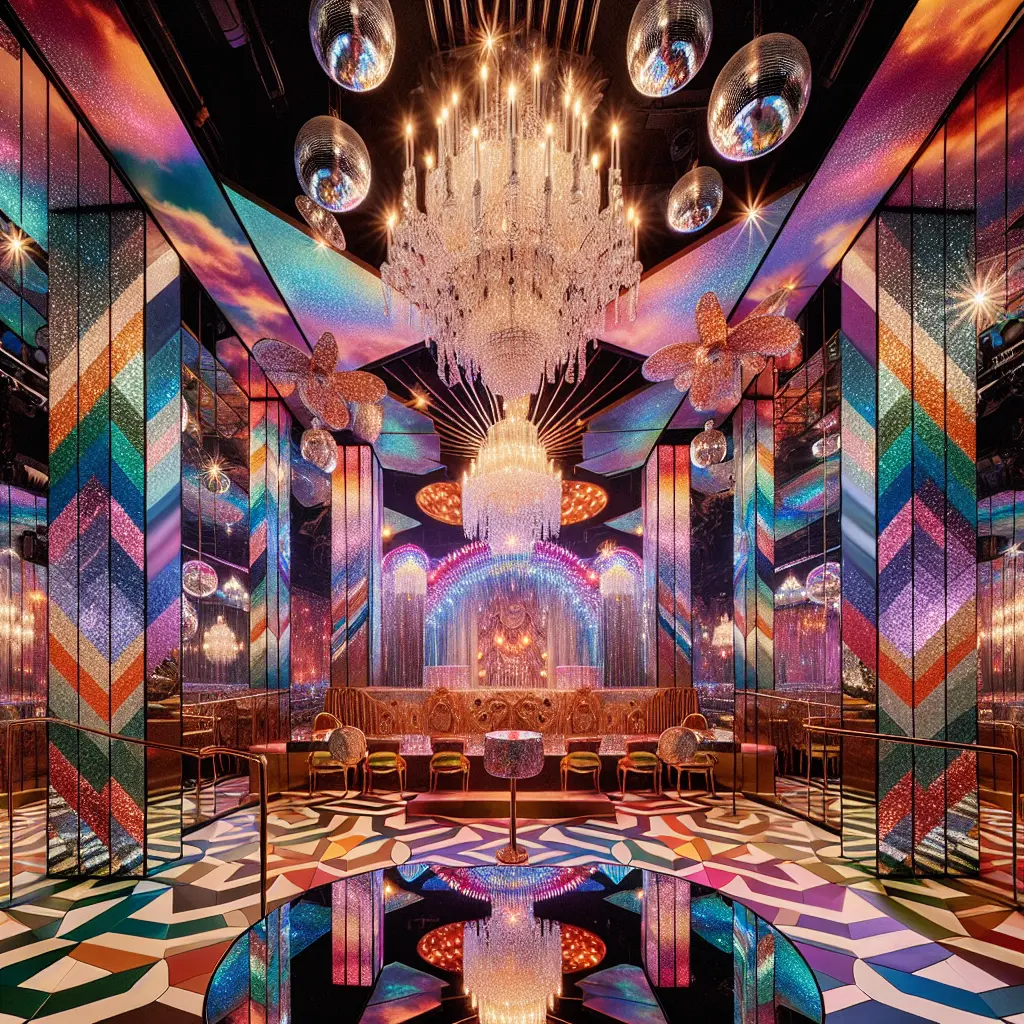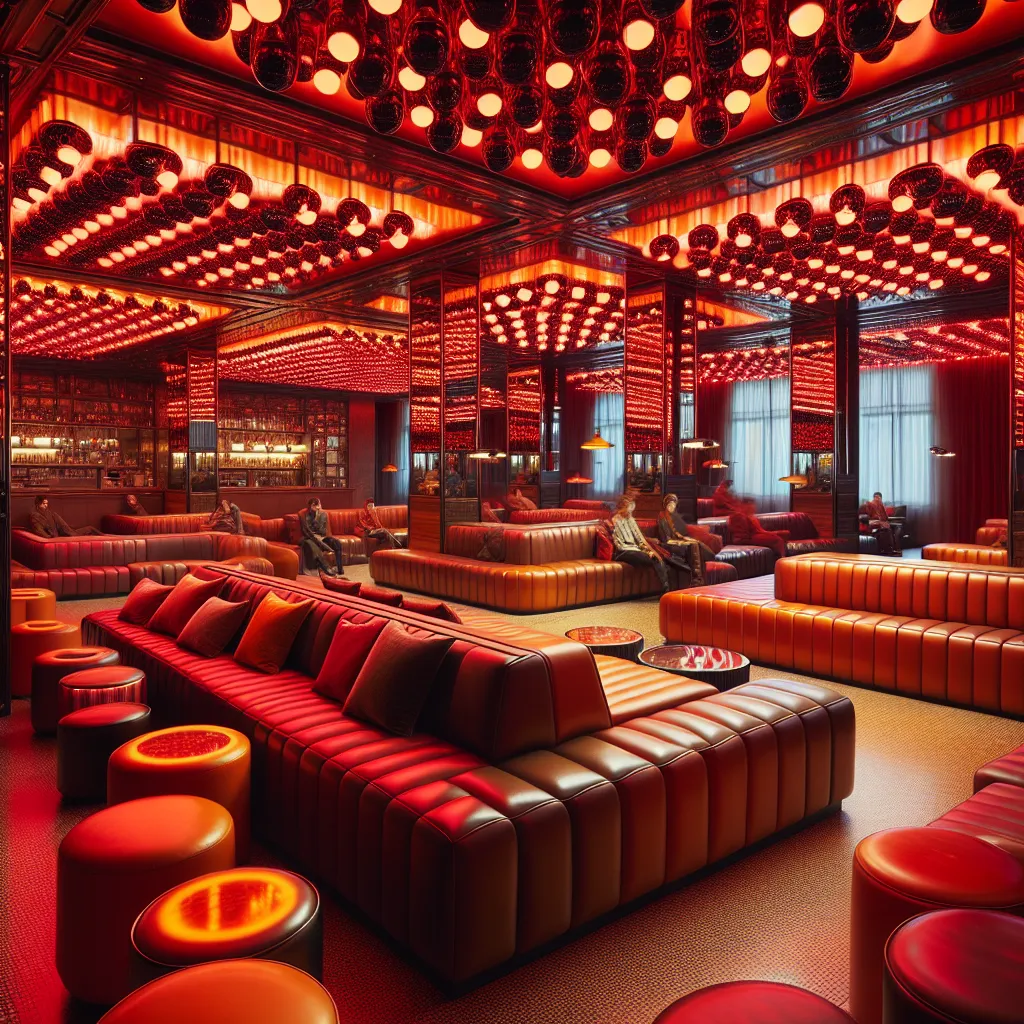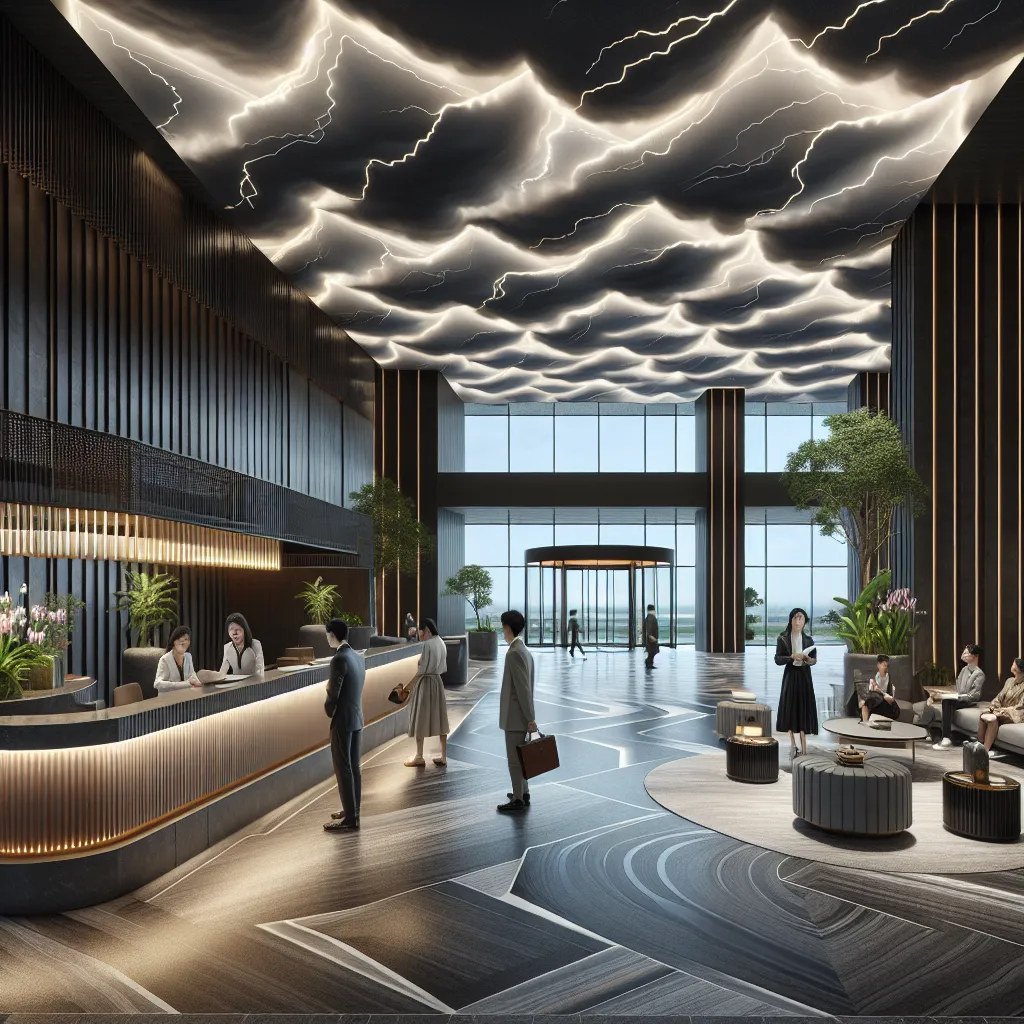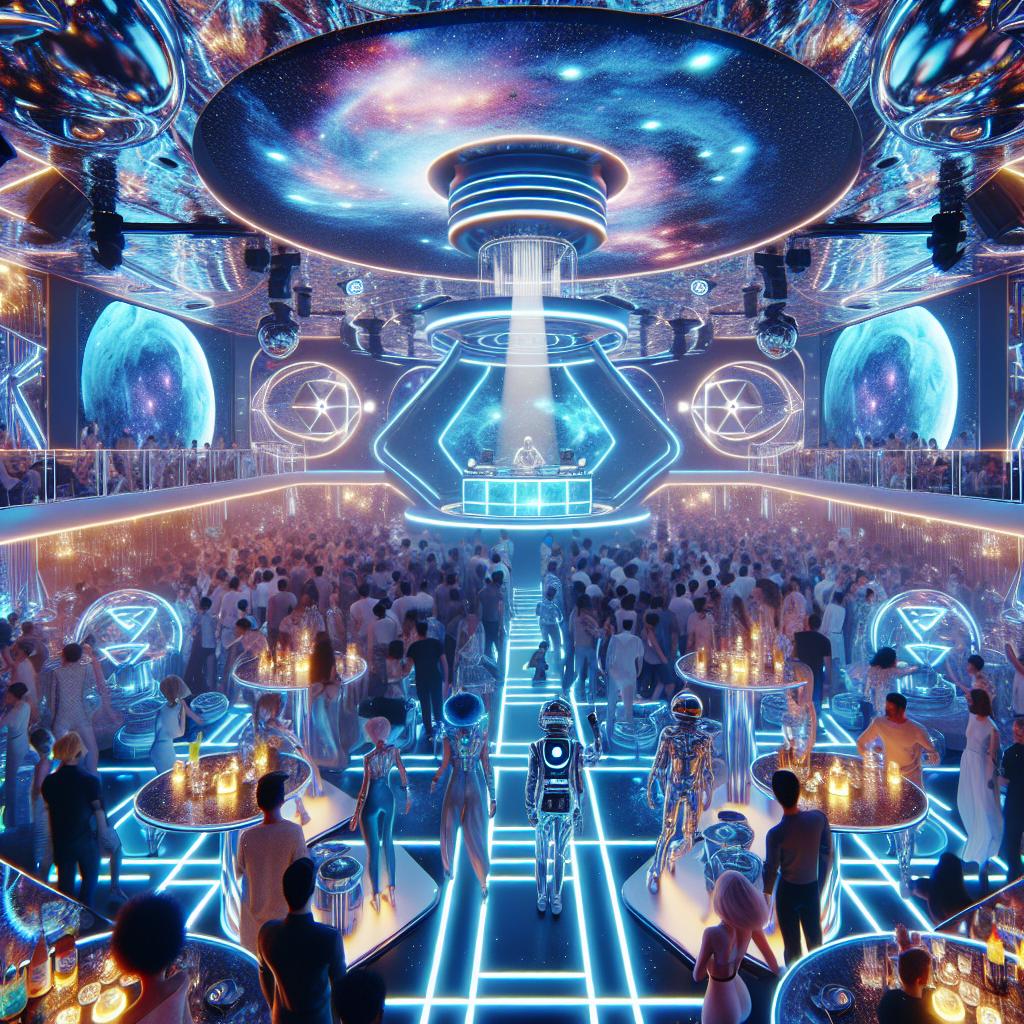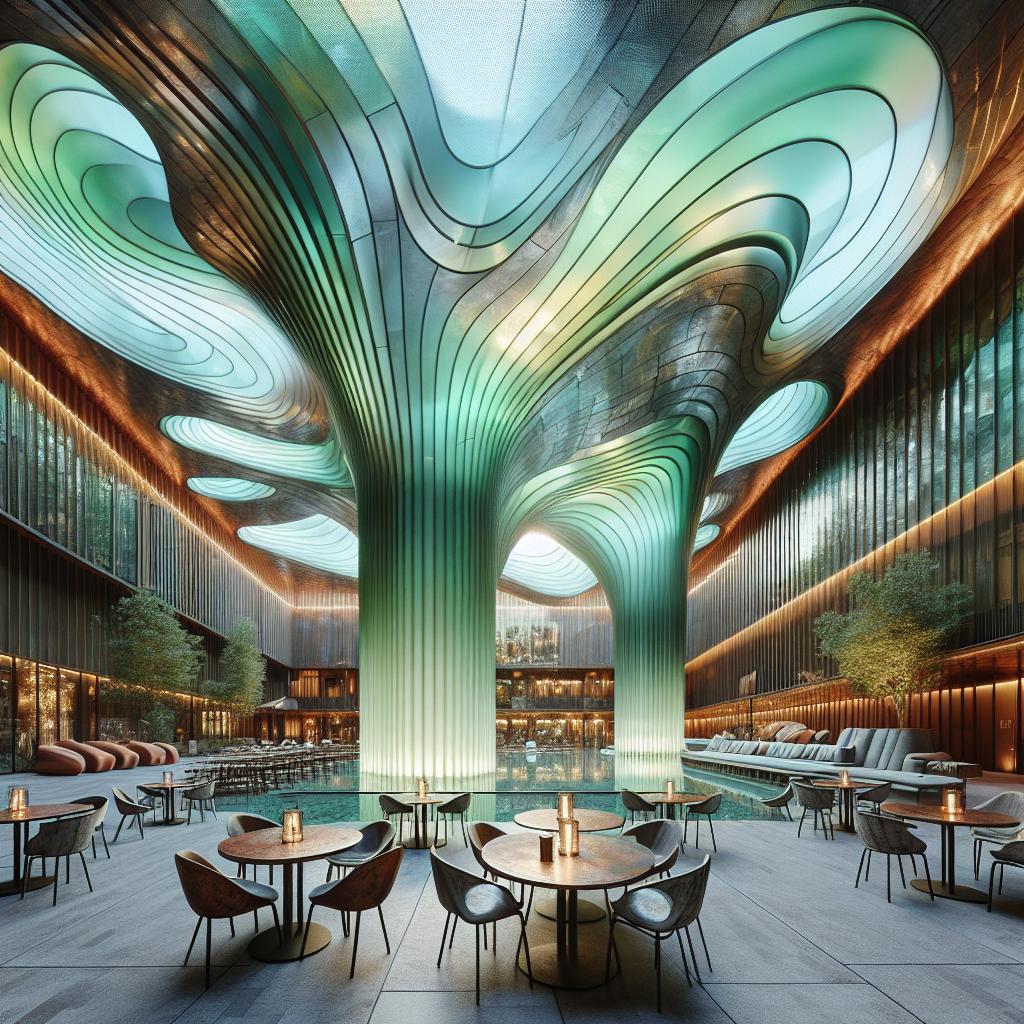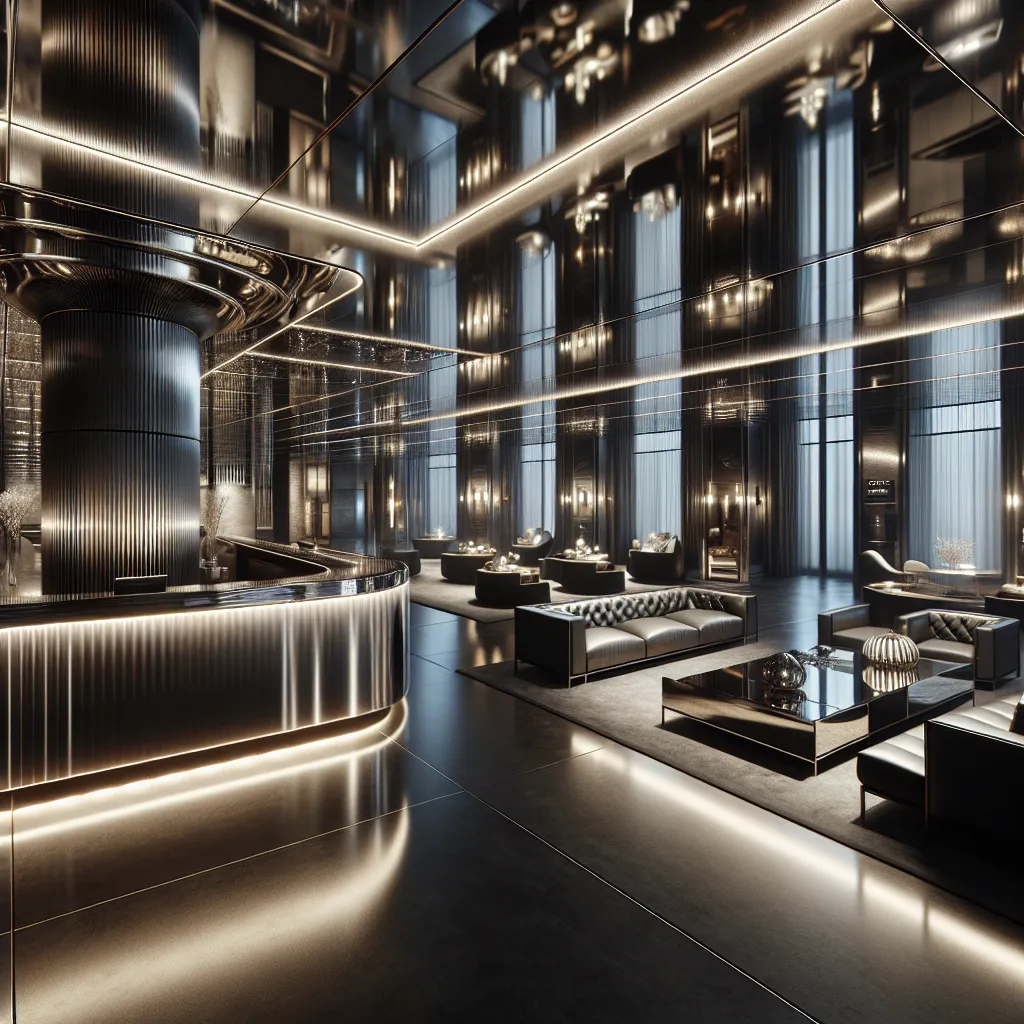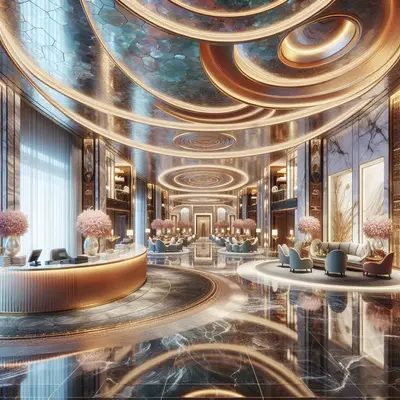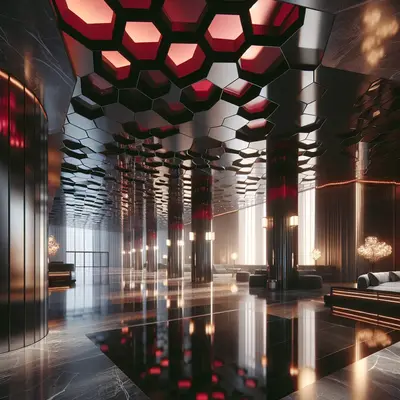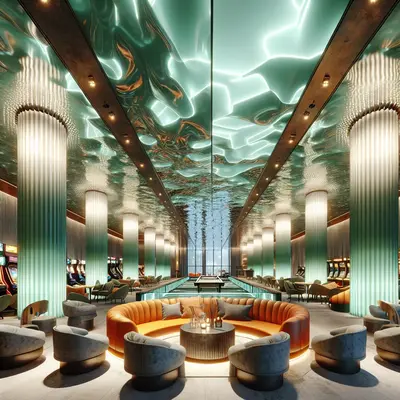Still up in the air To Succeed
When Spiria studio designs a certain space for leisure and entertainment they focus on a
combination of creativity, strategic thinking, and understanding the needs and preferences
of the target audience. Here are some tips to be successful in this field:
1. Understand your target audience: Take the time to research and understand the
demographics, preferences, and behaviors of the people who will be using the space.
This insight will help you tailor your designs to meet their needs effectively.
2. Create immersive experiences: Design spaces that engage all the senses and create
a memorable experience for visitors. Consider elements like lighting, sound,
textures, and interactive features to enhance the overall atmosphere.
3. Stay updated on trends: Keep yourself informed about the latest trends in leisure
and entertainment design. This could include technology integration, sustainable
practices, or themed environments that resonate with current interests.
4. Collaborate with experts: Work closely with architects, engineers, and other
professionals to ensure that your designs are not only visually appealing but also
practical and structurally sound.
5. Prioritize functionality and safety: While aesthetics are important, it's crucial to
prioritize functionality and safety in your designs. Ensure that the space meets all
necessary regulations and standards for public spaces.
6. Seek feedback: Regularly collect feedback from clients, users, and stakeholders to
understand what is working well and what can be improved in your designs.
Continuous improvement based on feedback is key to success.
By following these tips and maintaining a creative and client-centric approach, Spiria is
increasing their chances of success in designing spaces for leisure and entertainment.







